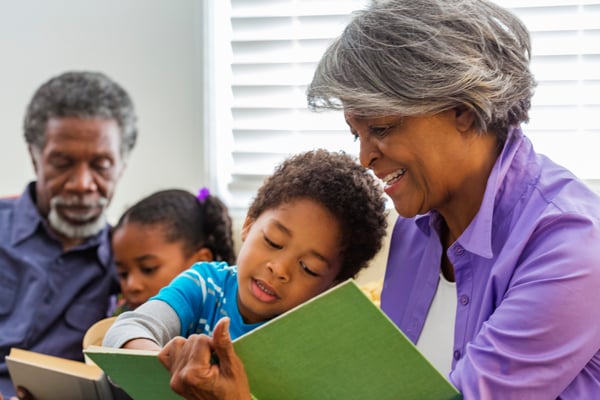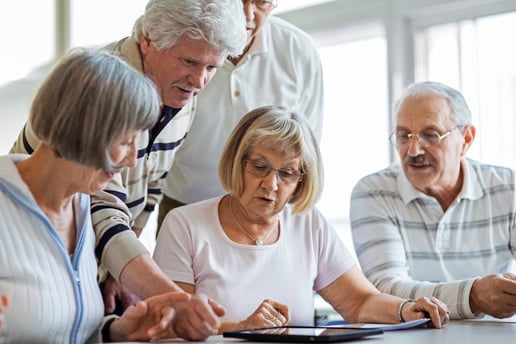 How can older adults improve their wellbeing, grow closer to others, and enhance the community in which they live? Practicing vocational wellness is a great way to accomplish these important feats.
How can older adults improve their wellbeing, grow closer to others, and enhance the community in which they live? Practicing vocational wellness is a great way to accomplish these important feats.
Vocational wellness is a part of our lives and wellbeing that makes the most of our individual strengths, talents, skills, and experiences. When we are vocationally well, these unique characteristics are intentionally used in contribution to our community and larger society.
Here’s what the International Council on Active Aging has to say about vocational wellness: “Work that utilizes a person’s skills while providing personal satisfaction is valuable for society as well as the individual. Participating in the paid and unpaid workforce means maintaining or improving skills, and helping others. Older adults contribute to society as experienced professionals, caregiver, mentors, teachers and volunteers. Leisure-time vocations in the arts and through hobbies maintain vocational skills.”
One great joy in life is serving others or meeting needs in a way that only we can. Neighbors, friends, and family benefit from our vocational wellness. In community, this may look like teaching, leading groups, practicing creativity, or taking the time to volunteer. When we share ourselves vocationally, the impact can be surprising.
Here are 3 tips for improving your vocational wellness:
- Learn about vocational wellness and meditate on what it could look like in your life. By reading this blog, you’re on the right track. You may also talk with your friends and neighbors about what they do for vocational wellness.
- Seek out opportunities to participate in activities, clubs, committees, or special events that interest you. If on first look nothing interests you, don’t let that stop you! Get in touch with people who can help you start something new and exciting. Your skills and experiences are valuable!
- Do what you like to do in a way that benefits yourself and others. Beyond being used for your own enjoyment, your vocational talents can be used for the greater good. If you are a creator, create something beautiful for others to see. If you are a leader, lead others to a healthier life. If you are a teacher, teach your friends something new.
These steps should get you well on your way to a higher level of vocational wellness. When vocational wellness is overlooked, everyone is being short changed. Make the most of your unique life qualities by getting started today!

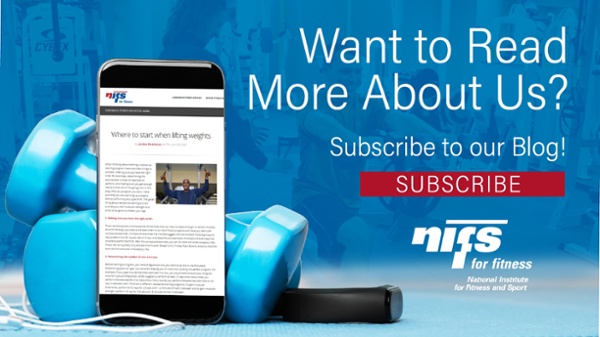
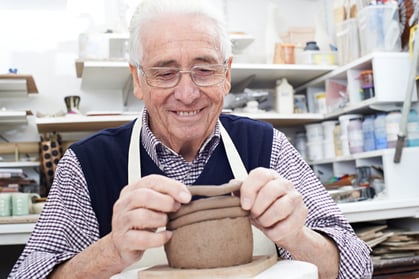 As the end of 2020 approaches, there are daily reminders that life has changed. For some, these reminders are feelings of loneliness that didn’t exist just a few months ago. Older adults are at the highest level of risk for severe illness from COVID-19 and
As the end of 2020 approaches, there are daily reminders that life has changed. For some, these reminders are feelings of loneliness that didn’t exist just a few months ago. Older adults are at the highest level of risk for severe illness from COVID-19 and 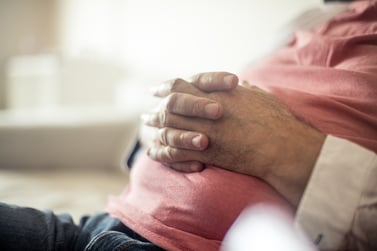 As a fitness manager, people frequently ask me how they can lose “this” as they aggressively squeeze their belly. In response with a smile, I ask them if they have a minute to talk about it. As common as this question is, it’s very hard to give an answer that satisfies. It’s a concern most of us have because we associate a trim belly with health. There’s no single magic pill, exercise, food, or ritual that will help bring back the desired abdominal aesthetic. Fortunately, there are several simple steps that can be taken to reach a healthier body composition. Here are three ways older adults can fight belly fat as they stay safe at home:
As a fitness manager, people frequently ask me how they can lose “this” as they aggressively squeeze their belly. In response with a smile, I ask them if they have a minute to talk about it. As common as this question is, it’s very hard to give an answer that satisfies. It’s a concern most of us have because we associate a trim belly with health. There’s no single magic pill, exercise, food, or ritual that will help bring back the desired abdominal aesthetic. Fortunately, there are several simple steps that can be taken to reach a healthier body composition. Here are three ways older adults can fight belly fat as they stay safe at home:
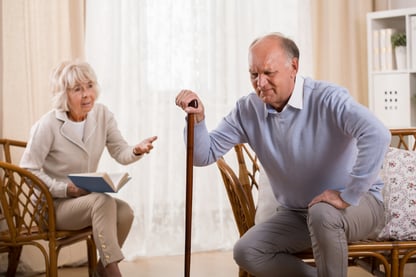 Staying home is something we are all doing more of lately due to the COVID-19 epidemic. Spending more time at home has some benefits like increased family time, less driving, and especially lowering the risk of contracting COVID-19. Unfortunately, there are also hefty drawbacks to being homebound. As we spend more time inside, we are also sitting for longer and longer periods of time. Watching movies, reading books, or napping are all fun and enjoyable seated activities. Unfortunately, doing too much of these things can have disastrous results on our health. Taking breaks from sitting every 30 – 60 minutes will improve your safer-at-home experience by reducing risk of deadly blood clots, maintaining muscle and bone health, and using up energy that would otherwise be stored as fat.
Staying home is something we are all doing more of lately due to the COVID-19 epidemic. Spending more time at home has some benefits like increased family time, less driving, and especially lowering the risk of contracting COVID-19. Unfortunately, there are also hefty drawbacks to being homebound. As we spend more time inside, we are also sitting for longer and longer periods of time. Watching movies, reading books, or napping are all fun and enjoyable seated activities. Unfortunately, doing too much of these things can have disastrous results on our health. Taking breaks from sitting every 30 – 60 minutes will improve your safer-at-home experience by reducing risk of deadly blood clots, maintaining muscle and bone health, and using up energy that would otherwise be stored as fat.
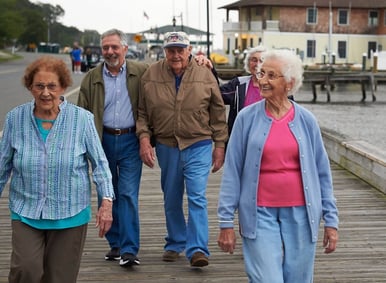 Believe it or not, warm weather has arrived in some parts of the country, and is quickly approaching in others. As the sun peeks out from behind the clouds and nature begins to call, many older adults will be heading out the door for a walk outside. This is a very good thing, and should be encouraged for most people. Some retirement communities may even establish
Believe it or not, warm weather has arrived in some parts of the country, and is quickly approaching in others. As the sun peeks out from behind the clouds and nature begins to call, many older adults will be heading out the door for a walk outside. This is a very good thing, and should be encouraged for most people. Some retirement communities may even establish 
